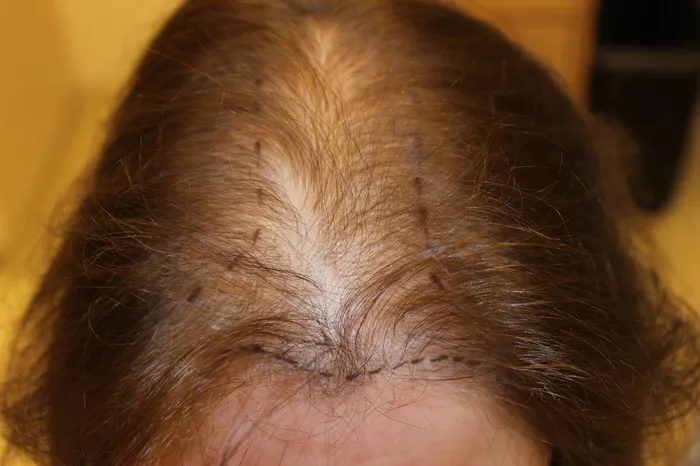Hair transplantation has become an increasingly popular solution for those seeking to restore their hair and confidence. As individuals embark on this transformative journey, questions about the post-surgery experience inevitably arise. One common concern is whether scabs will form after hair transplantation. In this detailed exploration, we will delve into the intricacies of the healing process and provide insights into what patients can expect in the days and weeks following their hair transplant.
Understanding the Healing Process: A Multifaceted Journey
The healing process after a hair transplant is a complex and multifaceted journey that involves several stages. Patients may experience various sensations, including redness, swelling, and the formation of scabs. It’s important to note that these are natural aspects of the healing process and play a crucial role in the successful integration of transplanted hair follicles.
Immediate Post-Surgery Phase: Redness and Swelling
In the immediate aftermath of a hair transplant, patients can expect some degree of redness and swelling in both the donor and recipient areas. This is a normal physiological response to the surgical procedure and typically subsides within the first few days.
During this phase, blood circulation in the treated areas increases, contributing to the redness. Swelling is often a result of the body’s inflammatory response to the trauma of surgery. While these symptoms are common, they are temporary, and the body gradually resolves them as part of the natural healing process.
Formation of Scabs: A Natural Step in Healing
One of the anticipated developments during the initial days post-transplant is the formation of scabs. Scabbing is a natural part of the healing process and occurs as the tiny incisions made during the surgery begin to close. The scabs are a protective layer that shields the newly implanted grafts and aids in the prevention of infection.
It’s crucial for patients to understand that the appearance of scabs is a transient stage in the overall healing process. The scabs typically start forming within the first few days after the surgery and gradually fall off on their own as the healing progresses.
Factors Influencing Scab Formation
Several factors influence the extent and duration of scab formation after a hair transplant. These include the individual’s healing capacity, the surgical technique employed, and how well patients adhere to post-operative care instructions.
Patients are advised to follow the specific guidelines provided by their surgeon to minimize the risk of complications and ensure a smooth recovery. Proper care, including gentle washing and moisturizing of the scalp, can help alleviate discomfort and contribute to the timely resolution of scabs.
Post-Operative Care: Key to Minimizing Scabbing
Post-operative care plays a pivotal role in minimizing scab formation and promoting a seamless healing process. Surgeons typically provide detailed instructions on how to care for the scalp during the initial days and weeks following the procedure.
One of the primary recommendations is to keep the scalp clean and moisturized. Patients are advised to use a mild, non-abrasive shampoo and follow a gentle washing routine. Additionally, avoiding scratching or picking at the scabs is essential, as this can disrupt the healing process and potentially lead to complications.
Timeline for Scab Resolution: Patience is Key
The timeline for scab resolution varies from person to person, but as a general guideline, patients can expect the scabs to start falling off within 7 to 14 days after the surgery. It’s important for individuals to exercise patience during this period and resist the temptation to expedite the process by forcibly removing the scabs.
Attempting to remove scabs prematurely can damage the newly implanted grafts and may result in scarring. Patients should allow the scabs to naturally slough off as the underlying skin continues to heal. Regular follow-up appointments with the surgeon provide an opportunity for monitoring progress and addressing any concerns that may arise during the recovery phase.
Long-Term Results: A Testament to Patience and Proper Care
While the formation of scabs is a temporary aspect of the healing process, the long-term results of a hair transplant are a testament to patience and adherence to post-operative care instructions. As the scabs resolve, patients will notice the emergence of new, transplanted hair. Over the following months, this hair will continue to grow and blend seamlessly with the existing hair, providing a natural and aesthetically pleasing result.
See Also: Navigating Post-Hair Transplant Hydration: Is It Safe to Drink?
In conclusion
Scab formation is a natural part of the healing process after a hair transplant. Understanding this aspect and following proper post-operative care guidelines are crucial for a successful outcome. Patients should approach the recovery period with patience, allowing the body to complete its healing journey and witnessing the gradual transformation of their appearance and confidence.


